You may have noticed the flood of podcasts that’s been pouring out of the BBC since the launch of its BBC Sounds app. This is supposed to give us easier access to the programme archive but actually has been an excuse to show off the podcasts now made by the corporation, from the specially made How to be a Muslim Woman to Turbulence, a clever series of linked short stories by David Szalay, which was commissioned by Radio 4 and released as a podcast at the same time as being broadcast on the network.
Podcasts are not bound by time and the demands of a schedule. They can last for ten, 20, 50, 100 minutes, taking as long as the story, the conversation, the facts require. Our ability to pick up the programme whenever it suits us means that the exchange is different; we are not being given stuff to listen to but are empowered to listen whenever it fits into our schedule. Lack of a ‘controller’, of an editorial vision, shaping programmes into a network style and character, means that every podcast sounds different. But that urge to be as unconventional as possible has its downside. Listening to the uninhibited chat and oversharing of so many ‘conversational’ podcasts (unless they are tied to a specific subject, like a football match, or are ‘guided’ by those who understand how we listen) is like being stuck at a party where everyone else has had just a little bit too much to drink but you’re stone-cold sober. How Unexpected Fluids, for instance, ever got past editorial control at the corporation is a mystery.
The number of podcasts now being made by the BBC also raises the question: where’s the money coming from? Are podcasts being given priority funding over network programmes? Or, perhaps more significantly, are the BBC’s podcasts constrained by such tight budgeting that they will never be able to compete with the sophisticated production values of online series such as Serial, created in Chicago by the team behind This American Life and funded by advertising and subscription. The first series, which looked back at a 1990s murder in the US, questioning whether the accused, already serving a life sentence, was in fact guilty, was a global success, taking 175 million hits (or downloads) and still rising. That success was no accident; the chief reporter Sarah Koenig is a gifted communicator and behind it lay hours of research and interviews with key players in the story. It did, at times, feel manipulative and voyeuristic — the listener a fly-on-the-wall watching other people’s pain. But the third series, now being released, has taken Koenig and her team in a different direction, no longer simply following up true-crime stories or resurrecting cold cases. Instead, they’ve spent a year investigating the criminal-justice system in Cleveland, Ohio.
One huge 1970s building complex, in the centre of town, houses all stages of the process from the underground car park where suspects are brought in for questioning rising up through the floors to the various criminal courts. Koenig has a clear intention: to take us behind those walls and walk alongside those trapped within the system, like Vivienne, a 29-year-old mother of three who is struggling with drug addiction and the need to pay for her habit. She’s black, as are most of the accused, but of the 34 judges working in the Cleveland courts only two are black.
We also hear from Anna, picked up in a bar-room brawl after she (accidentally) throws a punch at a police officer. Months later, she is convicted of a minor misdemeanour and fined, which could be seen as a victory since at one point it looked as if she might be given a prison sentence. But, explains Koenig, dispassionately and yet urgently (‘Let me shamefully oversimplify for a second’), Anna has now to find more than $1,200 to pay court fees and other costs incurred through no fault of her own. There’s nothing quite like this on the BBC; such a lengthy investigation, so carefully edited, reportage that is not news, a documentary given so long to unfold and reveal. It must have been costly to make but it would be worth sacrificing the likes of Unexpected Fluids, made for that elusive youth audience, to create such a thoughtful, questioning portrait.
Inside Music on Radio 3 has all the characteristics of a podcast: it’s long (two hours), it’s chatty, it’s self-revealing, but it goes out on the network on Saturday afternoons. Each week a musician is given two hours to play a selection of their favourite music, with plenty of time to tell us what’s so special about each choice. What gives it so much more punch is that the musicians can take us ‘inside’ the experience of playing the music they have chosen, why it works, how it makes them feel. The multitalented (and incredibly youthful) Jacob Collier set off his wonderful programme with a Schumann piano sonata followed by Peter Warlock’s Capriol Suite. It was the first piece played by his school orchestra, established by his mother, determined that the state school where she taught should develop its pupils musically as well as academically. Insight through purposeful conversation.
Got something to add? Join the discussion and comment below.
Get 10 issues for just $10
Subscribe to The Spectator Australia today for the next 10 magazine issues, plus full online access, for just $10.
You might disagree with half of it, but you’ll enjoy reading all of it. Try your first month for free, then just $2 a week for the remainder of your first year.

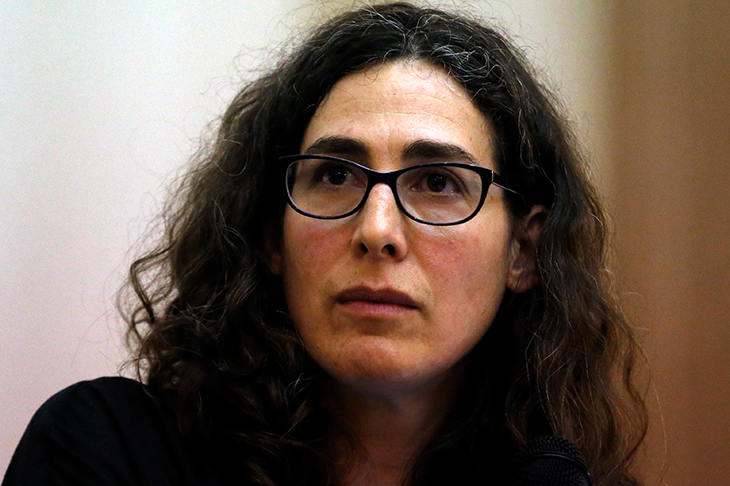

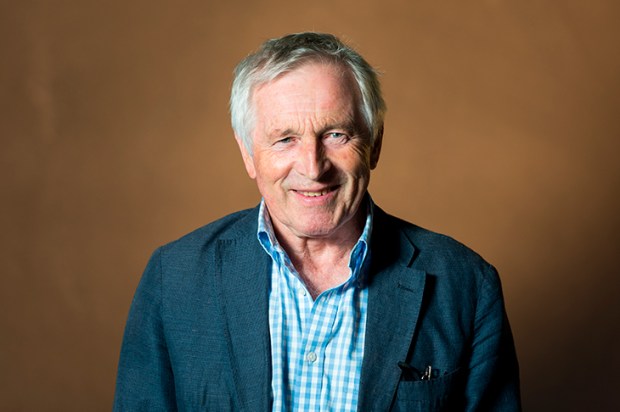

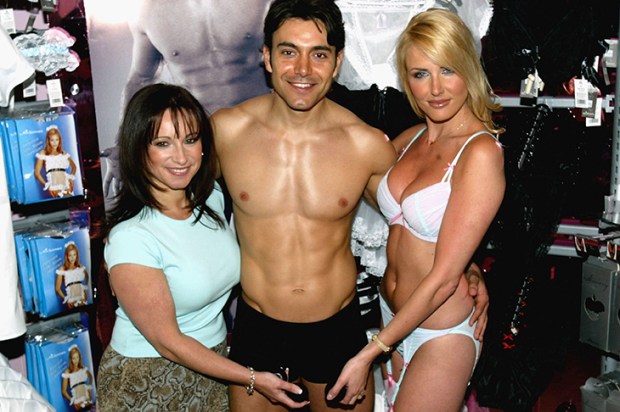
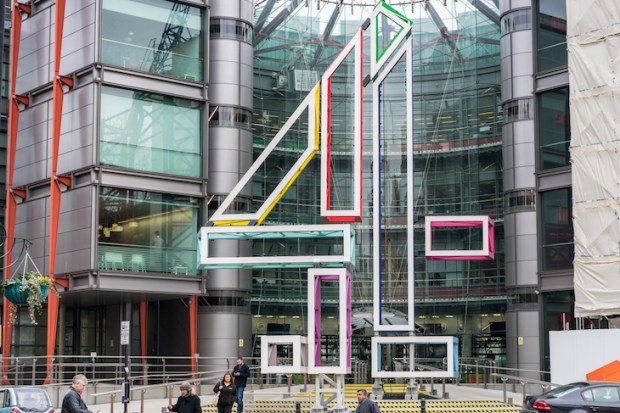
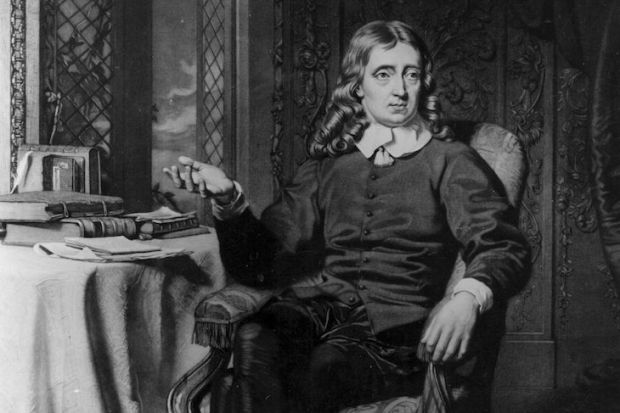






Comments
Don't miss out
Join the conversation with other Spectator Australia readers. Subscribe to leave a comment.
SUBSCRIBEAlready a subscriber? Log in